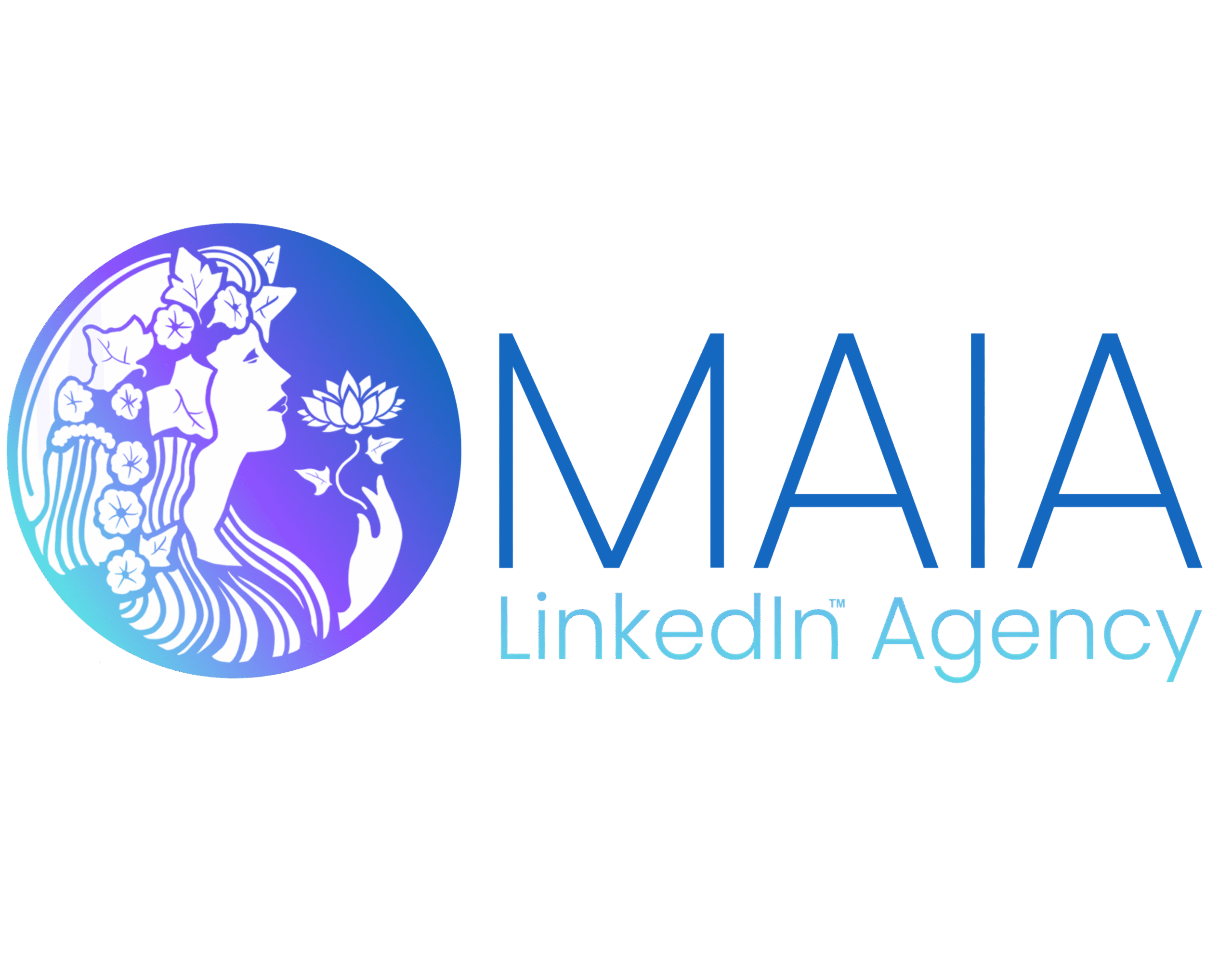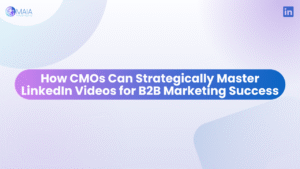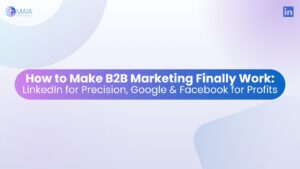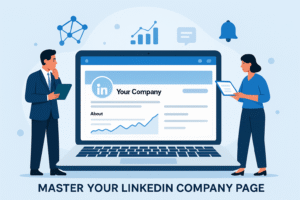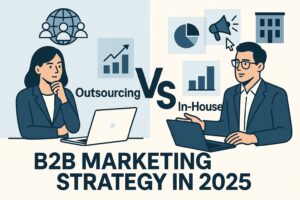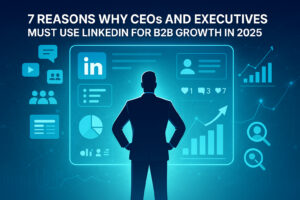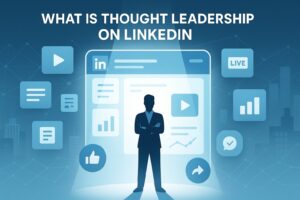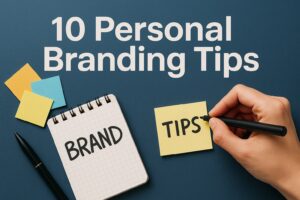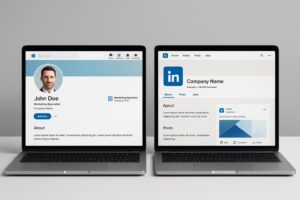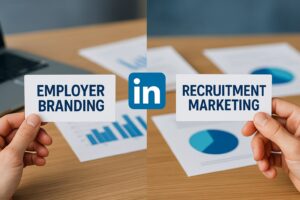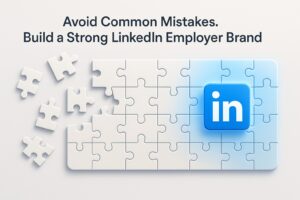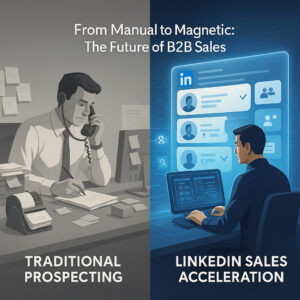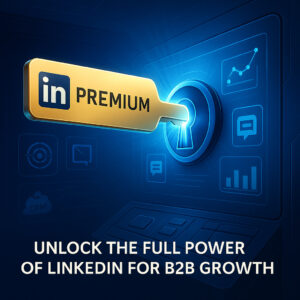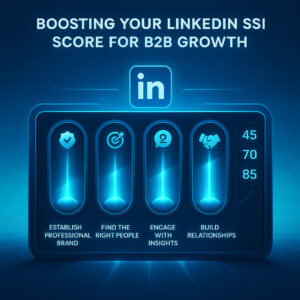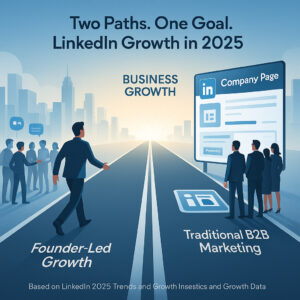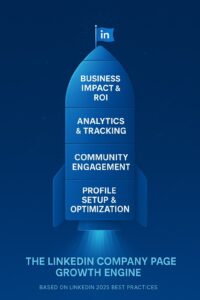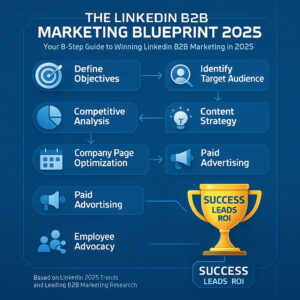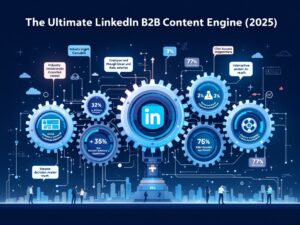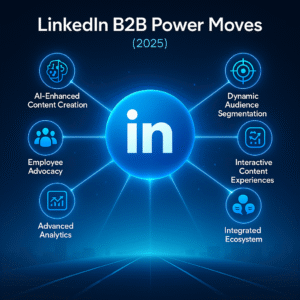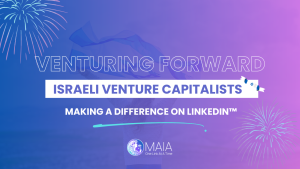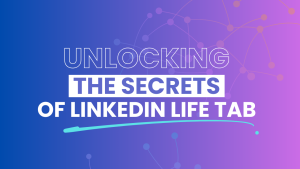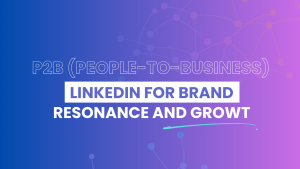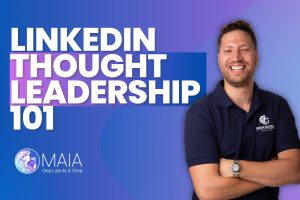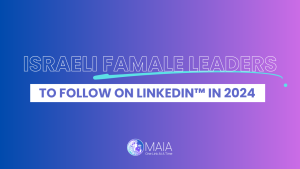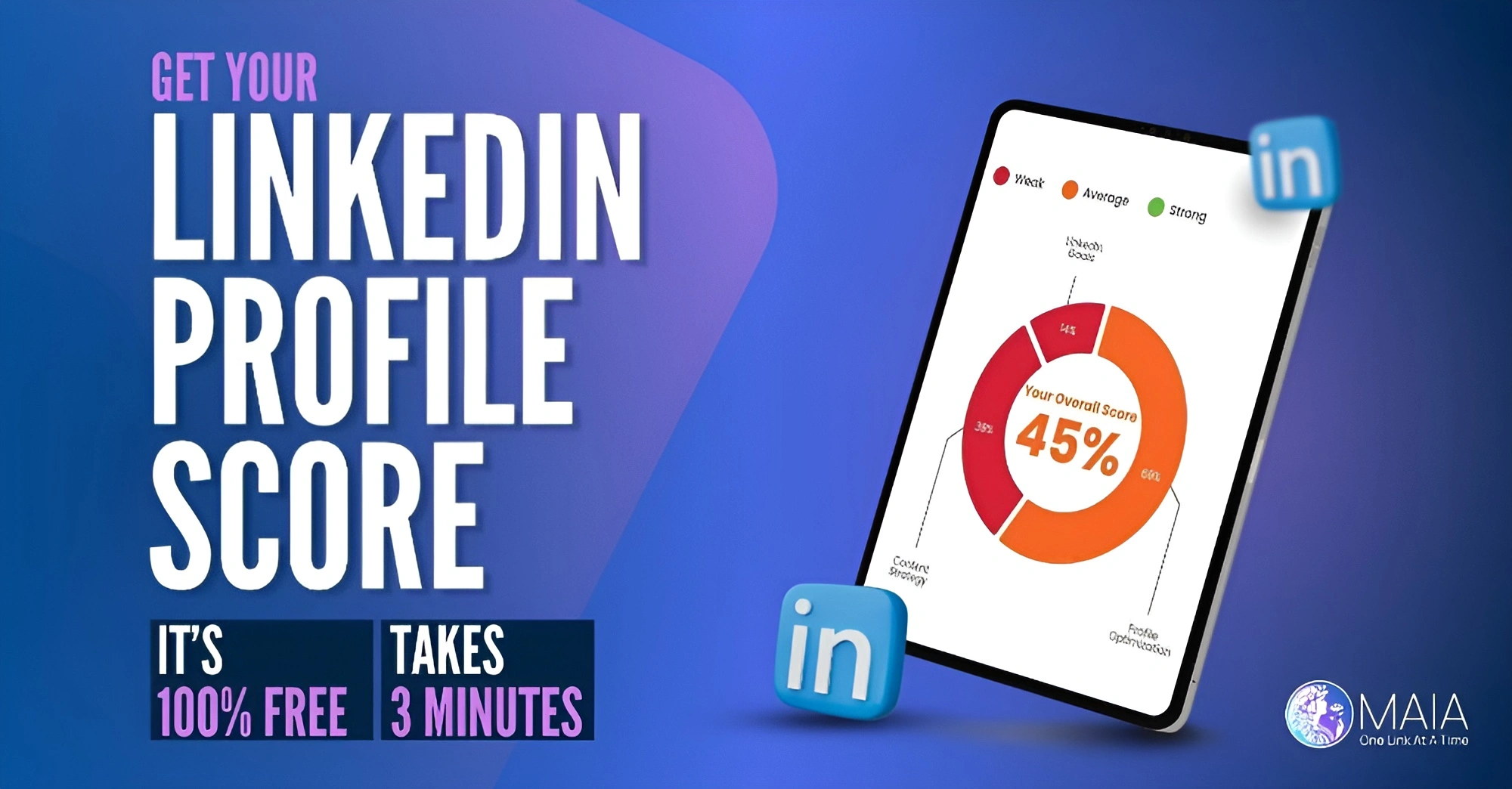Finding and securing top-tier talent is more competitive than ever for B2B organizations. With over a billion professionals worldwide, LinkedIn remains the go-to platform for professional networking, talent engagement, and employer reputation management. Yet, many B2B leaders still confuse employer branding with recruitment marketing, often blending the two despite their distinct objectives and tactics. This guide will clarify these critical concepts, outline their differences, and provide actionable strategies tailored for B2B organizations committed to maximizing their talent acquisition outcomes on LinkedIn.
Employer Branding vs. Recruitment Marketing on LinkedIn: Ultimate Guide for B2B Leaders
Introduction
In today’s fiercely competitive B2B landscape, the ability to attract and retain high-quality talent is a defining asset. LinkedIn’s prominence as a professional platform has elevated the importance of both employer branding and recruitment marketing. However, these two strategies, while related, serve fundamentally different purposes. Understanding and mastering both is essential for B2B leaders who want to reduce hiring costs, minimize turnover, and consistently secure the industry’s best talent.
This article provides a clear breakdown of employer branding and recruitment marketing, explores their unique and complementary roles, and delivers proven LinkedIn-specific tactics to help your organization excel. You’ll also learn how to measure the impact of your efforts and integrate both approaches for a sustainable, long-term competitive advantage.
Defining Employer Branding and Recruitment Marketing
Employer branding is the articulation of your company’s reputation and value proposition as an employer. It is how your organization is perceived by current employees, prospective candidates, and the wider talent market. Employer branding encompasses your company culture, values, mission, and employee experiences, collectively shaping your organization’s identity as a workplace.
On LinkedIn, employer branding is visible through your company page, leadership thought leadership, employee advocacy, and the overall digital presence you establish. It’s a long-term, strategic process focused on shaping perception and building trust.
Recruitment marketing, on the other hand, refers to applying marketing principles to attract, engage, and nurture candidates for specific roles. It’s about promoting open positions through targeted campaigns, content, and outreach—often with a shorter-term focus on filling immediate vacancies.
On LinkedIn, recruitment marketing includes optimizing job postings, running targeted ads, using InMail, and developing content designed to drive applications. Its goal is to convert interested professionals into active candidates.
According to industry research, “86% of HR professionals say recruitment is becoming more like marketing.” This convergence underscores the need to understand both concepts—and to use them together for maximum impact.
Key Differences Between Employer Branding and Recruitment Marketing
While employer branding and recruitment marketing are closely related, understanding their differences is crucial for deploying each effectively on LinkedIn. Here’s how they compare:
-
Objective: Employer branding builds your reputation as an employer of choice, whereas recruitment marketing drives applications for specific roles.
-
Timeframe: Employer branding is ongoing and long-term; recruitment marketing is campaign-based and focused on immediate hiring goals.
-
Audience: Employer branding targets all potential talent and stakeholders; recruitment marketing targets active and passive job seekers for open positions.
-
Content Approach: Employer branding tells the big-picture company story—culture, mission, values. Recruitment marketing showcases job details and career opportunities.
-
Metrics: Employer branding measures reputation and engagement, while recruitment marketing tracks applications, hires, and time-to-fill.
“75% of job seekers consider an employer’s brand before applying for a job.” This means your employer branding efforts directly influence the effectiveness of recruitment marketing campaigns. Failing to differentiate and align these strategies can lead to inconsistent messaging and missed opportunities to attract top talent.
Employer Branding Strategies on LinkedIn
Building a strong employer brand on LinkedIn requires intention, authenticity, and consistency. Here’s how B2B organizations can excel:
-
Showcase Authentic Company Culture: Share behind-the-scenes moments, employee testimonials, and real stories from your teams. Highlight how your organization supports growth, collaboration, and innovation. 69% of job seekers would reject a job offer from a company with a bad reputation, even if they were unemployed.
-
Leverage Employee Advocacy: Encourage employees to share their experiences and company updates. Content shared by employees gains more trust and greater reach than posts from corporate accounts alone. Authentic employee voices can transform your employer brand into a living, breathing entity.
-
Highlight Professional Development: Demonstrate your commitment to employee growth by spotlighting training programs, career progression stories, and learning opportunities. This signals to candidates that your organization is invested in their long-term success.
-
Consistent Thought Leadership: Have leaders share insights, successes, and organizational values to reinforce your employer brand narrative.
Companies with a strong employer brand see a 50% decrease in cost-per-hire. In addition, Companies with a strong employer brand experience 28% less turnover than those without. Investing in employer branding is not just about attracting talent—it’s about retaining it, too.
Recruitment Marketing Tactics on LinkedIn
When it comes to filling specific roles, strategic recruitment marketing can make all the difference. Here are proven LinkedIn tactics for B2B leaders:
-
Optimize Job Postings: Use clear, keyword-rich job titles and descriptions. Highlight unique benefits, team structure, and growth opportunities. Avoid jargon and focus on what’s most relevant to your audience.
-
Targeted Advertising: Run LinkedIn ads and sponsored content aimed at professionals with specific skills, experience, or industry backgrounds. This approach helps attract passive candidates who may not be actively job searching.
-
InMail Campaigns: Use personalized direct outreach to engage top prospects. Tailor your message to show genuine interest in their background and align it with your company’s mission.
-
Role-Specific Content: Develop content that explains the day-to-day realities of featured positions, showcases team achievements, and highlights opportunities for impact. This helps candidates visualize themselves thriving in your company.
-
Employer Value Proposition (EVP): Clearly communicate what sets your company apart as an employer. Your EVP should be reflected in every piece of recruitment marketing.
Effective recruitment marketing leads to more qualified applicants, shorter hiring cycles, and higher acceptance rates. Remember, “75% of job seekers consider an employer’s brand before applying for a job”—so your recruitment marketing is only as effective as your underlying employer brand.
Integrating Employer Branding and Recruitment Marketing
The most successful B2B organizations do not treat employer branding and recruitment marketing as separate silos. Instead, they integrate both approaches for a seamless talent acquisition journey.
-
Use consistent messaging, tone, and visuals across all employer and recruitment content.
-
Align recruitment campaigns with your broader employer brand themes and company values.
-
Educate hiring managers and recruiters on how to embody your employer brand in candidate interactions.
-
Track how employer branding initiatives support recruitment marketing success and vice versa.
Integration means that candidates experience a unified, authentic story—from the first brand touchpoint to the final hiring step. This consistency builds trust, increases application rates, and fosters long-term engagement with your talent pool.
Measuring Success: Key Metrics for B2B Leaders
To drive ongoing improvement, B2B leaders must track the right metrics for both employer branding and recruitment marketing on LinkedIn.
-
Employer Branding Metrics:
-
Brand perception surveys and candidate feedback
-
LinkedIn follower growth and engagement rates
-
Employee advocacy participation
-
Turnover and retention rates
-
-
Recruitment Marketing Metrics:
-
Application conversion rates
-
Cost-per-hire
Time-to-fill and offer acceptance rates
-
Quality of hire, measured through performance and retention
-
By analyzing these metrics, B2B leaders can optimize investment, strengthen performance, and demonstrate the ROI of their talent acquisition strategy.
Conclusion
For B2B leaders, the distinction between employer branding and recruitment marketing is not just academic—it’s operationally critical. Employer branding is your long-term investment in reputation and trust, while recruitment marketing is your tactical approach to filling roles and driving growth. Integrating both on LinkedIn gives you a sustainable advantage, reduces hiring costs, and ensures you never miss out on top talent.
To build a future-ready talent acquisition strategy that delivers measurable outcomes, prioritize both employer branding and recruitment marketing, and ensure they work in harmony.
For expert guidance, visit https://team-maia.com/.
Frequently Asked Questions
How long does it take to build an employer brand on LinkedIn?
Building a compelling employer brand on LinkedIn is a long-term process that typically takes 6–12 months to gain significant traction. Consistent messaging, storytelling, and employee engagement are essential for shaping perceptions and cultivating credibility among your ideal candidates.
Can small B2B companies compete with larger enterprises for talent on LinkedIn?
Yes, small B2B companies can compete effectively by focusing on their unique culture, offering personalized candidate experiences, and leveraging LinkedIn’s precise targeting tools. A strong, authentic employer brand often resonates more than large-scale campaigns, especially with niche or highly skilled talent pools.
What is the ROI of investing in employer branding and recruitment marketing?
The ROI includes reduced cost-per-hire, shorter time-to-fill, higher quality of hire, and lower turnover rates. Additionally, a positive reputation protects against talent shortages and increases long-term retention—proving that investment in both strategies pays ongoing dividends.
